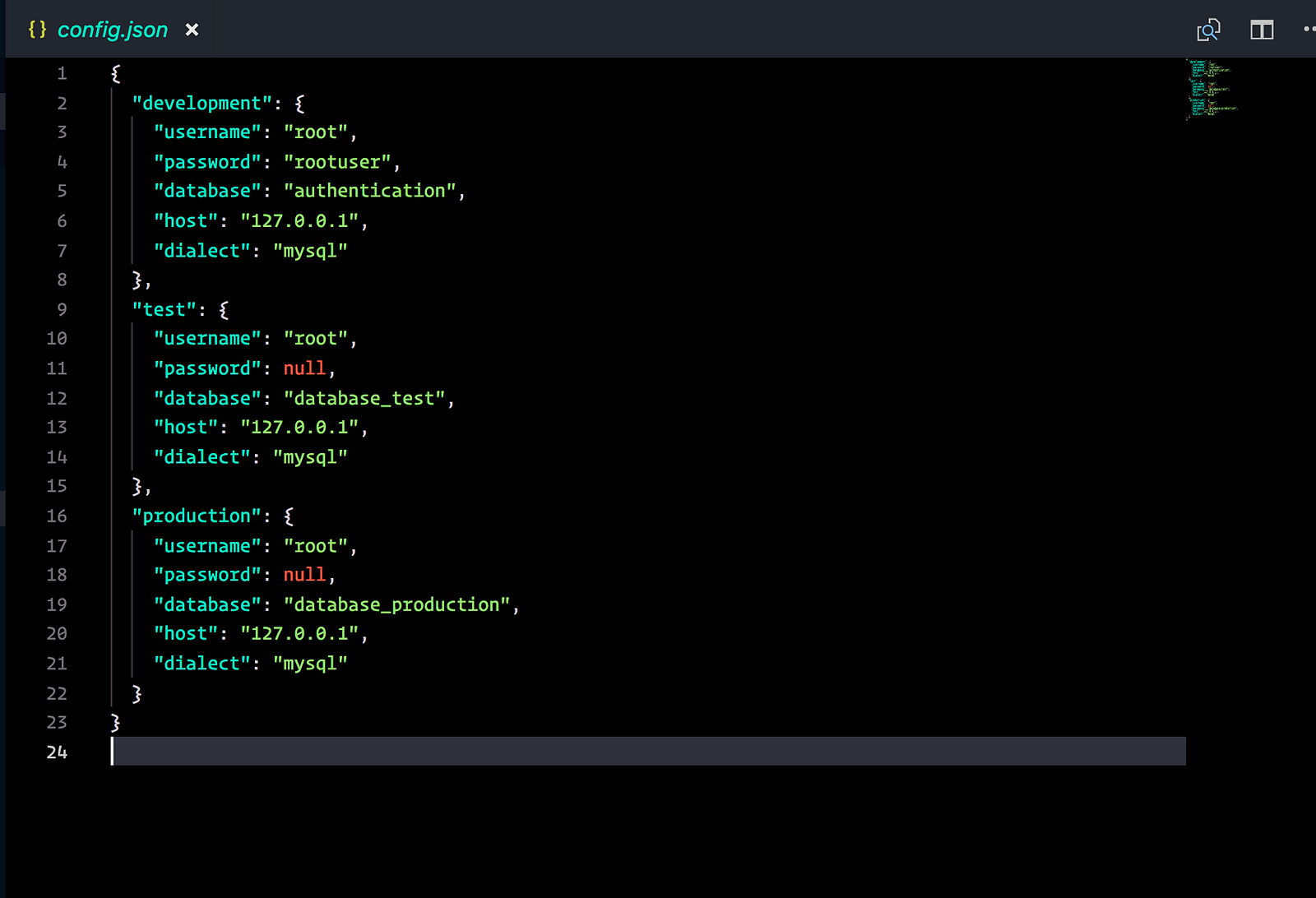
Initialization vectors should be unpredictable and unique, typically required to be random or pseudorandom. Moreover, after encoding (or decoding) your data, you will likely have to call the final method to get the last chunk of encoded information.Īnother important addition in the cipher method is of the iv or initialization vector.

#Encrypto node js update#
However, each use of update returns a chunk of the encoded/decoded data instead of requiring one to call digest to get the result. They also both have analogous update functions.
#Encrypto node js how to#
How To Use Cipher Algorithms with Crypto:Ĭrypto comes with two methods for ciphering and deciphering: OpenSSL supports many ciphers A good and popular one is AES_256. You can get a list of hash types your OpenSSL supports by typing openssl list-cipher-commands into the command line for older versions, or openssl list-cipher-algorithms for newer versions of OpenSSL. Like crypto's hash algorithms, the cyphers that work with crypto are dependent on what your version of OpenSSL supports. CiphersĬiphers allow you to encode and decode messages given a password. The resulting SHA-256 hash is unique to both the input data and the key. update("If you love node so much why don't you marry it?") The API for hmacs is very similar to that of createHash, except that the method is called createHmac and it takes a key as a second argument: require('crypto') Its use is similar to that of a vanilla hash, but also allows to check the authenticity of data as well as the integrity of said data (as you can using SHA-256 checksums). HMAC stands for Hash-based Message Authentication Code, and is a process for applying a hash algorithm to both data and a secret key that results in a single final hash. The argument for digest represents the output format, and may either be "binary", "hex" or "base64".

update can be invoked multiple times to ingest streaming data, such as buffers from a file read stream. The update method is used to push data to later be turned into a hash with the digest method. This example finds the SHA-256 hash for the string, "Man oh man do I love node!": require('crypto') Its only argument is a string representing the hash. How To Calculate Hashes with CryptoĬrypto has a method called createHash which allows you to calculate a hash. Older popular types like SHA-1 or MD5 are not secure any more and should not be used. One of the most common hash algorithms is SHA-256. For older versions, simply type openssl list-message-digest-commands instead! If you have a new enough version of OpenSSL, you can get a list of hash types your OpenSSL supports by typing openssl list-message-digest-algorithms into the command line. The hashes that work with crypto are dependent on what your version of OpenSSL supports. This means that, given a hash, there isn't any reasonable way to find out what the original piece of data was. Unidirectional: A good hash algorithm is easy to apply, but hard to undo. The importance of this property depends on the use case. Hash algorithms are designed to be extremely unlikely to have collisions - just how unlikely is a property of the hash algorithm. This makes hashes useful for checksums.Ĭollision-Resistant: A collision is when the same hash is generated for two different input blocks of data. For example, SHA-256 hashes are always 256 bits long whether the input data is a few bits or a few gigabytes.ĭeterministic: For the same input, you should expect to be able to calculate exactly the same hash. Some important properties of these hashes (the type useful for cryptography) include:įixed length: This means that, no matter what the input, the length of the hash is the same.

Hashes What Is A Hash?Ī hash is a fixed-length string of bits that is procedurally and deterministically generated from some arbitrary block of source data. However, for the user that only wants to use small parts of what's needed for full-scale cryptography or is crazy/desperate enough to implement a protocol using OpenSSL and Node.js: Read on.

For most users, the built-in tls module and https module should more than suffice. The crypto module is mostly useful as a tool for implementing cryptographic protocols such as TLS and https. It supports calculating hashes, authentication with HMAC, ciphers, and more! The crypto module is a wrapper for OpenSSL cryptographic functions.


 0 kommentar(er)
0 kommentar(er)
